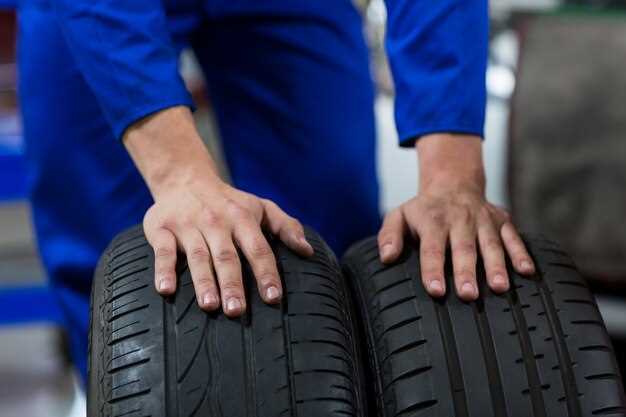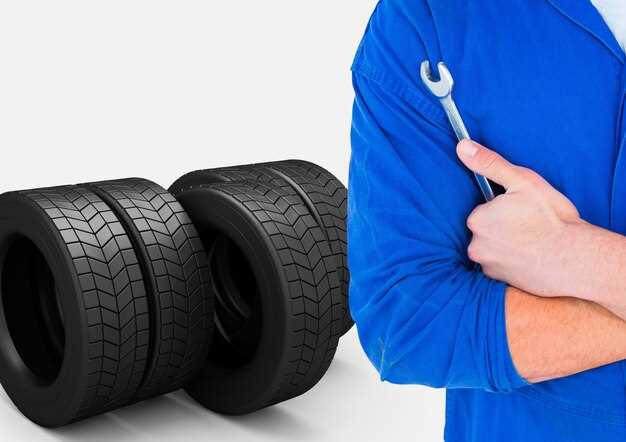
The choice of tire compounds is crucial for optimizing racing performance, as it directly impacts grip, handling, and durability on the track. Every racing discipline, fromFormula 1 to endurance racing, relies on specific tire characteristics that cater to unique racing conditions and strategies. Understanding the properties of various tire compounds can give teams a competitive edge, enabling them to adjust their approach according to track conditions and driving styles.
Tire compounds are typically categorized into three main types: soft, medium, and hard. Each compound exhibits different levels of traction and wear rates, which play a significant role in race strategy. Soft compounds provide enhanced grip and faster lap times but may wear out quickly under high-stress conditions. Conversely, hard compounds last longer but sacrifice some level of grip, making them suitable for endurance races or tracks with less challenging surfaces.
In addition to the basic categories, environmental factors such as temperature, humidity, and track surface can also influence tire performance. For instance, a tire that performs optimally in hot conditions may not hold the same performance benefits in cooler weather. Consequently, teams must consider not only their car setup but also these variables when selecting the appropriate tire compound. Adapting tire choices to suit real-time track conditions is an essential skill in competitive racing.
Ultimately, the selection of tire compounds is a dynamic process that requires careful consideration and strategic planning. An informed choice can significantly enhance a racer’s ability to achieve optimal lap times and maintain competitive performance throughout the race. Understanding the nuances of tire compounds can be the difference between victory and defeat in the highly competitive world of racing.
Understanding the Impact of Tire Softness on Grip

Tire softness plays a crucial role in the overall grip and performance of a racing vehicle. Softer tires generally provide enhanced traction due to their ability to conform more effectively to the road surface. This conformity enables greater contact area between the tire and the track, allowing for improved friction and grip during acceleration, cornering, and braking.
When tires are softer, they can generate more heat, which is essential for optimal grip. As the tire warms up, the rubber compounds become more pliable, enhancing the interaction with the track surface. This increased flexibility allows for better performance in various conditions, particularly on asphalt tracks that require high levels of grip for competitive racing.
However, softer tires also present certain trade-offs. While they may optimize grip, they tend to wear out more quickly than harder compounds. This rapid degradation can lead to decreased performance over the duration of a race, requiring careful management of tire usage. Teams must strategically plan pit stops and tire changes to mitigate the effects of faster wear rates associated with softer compounds.
The balance between tire softness and durability is essential. Engineers and drivers must assess track conditions, racing strategies, and the specific vehicle dynamics to choose the appropriate tire compound. Analyzing factors such as temperature, humidity, and surface texture allows teams to maximize grip without sacrificing tire life excessively.
In summary, understanding the impact of tire softness on grip is fundamental for achieving peak racing performance. The right choice of tire compound can provide the competitive edge necessary to succeed on the track, but it requires careful consideration of both grip and longevity to ensure optimal results throughout the race.
Evaluating Durability vs. Performance in Different Racing Conditions
When selecting tire compounds for racing, teams must carefully evaluate the balance between durability and performance, as these two factors often contradict each other under varying racing conditions. Each racing surface and environmental factor can drastically impact the behavior of tire compounds, making this evaluation crucial for achieving optimal performance.
In high-temperature conditions, softer tire compounds tend to deliver superior grip due to their increased flexibility, allowing them to adapt better to the road surface. However, this enhanced grip often comes at the cost of durability, leading to faster degradation. For instance, on a hot, abrasive track, a softer compound may provide outstanding lap times in the early stages of a race but could require more frequent pit stops due to premature wear.
Conversely, in cooler conditions or on less abrasive surfaces, harder compounds may be preferable. These tires typically offer greater durability, helping to maintain performance over extended stints. However, they may struggle to provide optimal grip immediately, potentially resulting in slower lap times during the initial phases as they require more time to reach their operating temperature.
Wet or mixed conditions present an additional challenge, as tire compounds must provide grip on slick surfaces while maintaining structural integrity. Intermediate and wet tires are designed to channel water away and enhance traction, but even within these categories, there is a trade-off between durability and speed. Softer wet compounds can excel in grip, but they may wear quickly if the track dries, leading teams to strategically time their tire changes.
The decision-making process involves analyzing historical data and understanding the specific characteristics of both the track and tire compounds. Teams often use simulation tools and practice sessions to gather insights that inform their choice of tire compounds. Ultimately, the goal is to arrive at a compound that strikes the ideal balance, providing competitive lap times without sacrificing the tire’s lifespan throughout the race.
In summary, evaluating durability versus performance is a dynamic process that requires a keen understanding of the tire’s characteristics in relation to the specific racing environment. By taking into account temperature, track surface, and weather conditions, teams can select tire compounds that maximize performance while ensuring durability over the distance of the race.
Choosing the Right Tire Compound for Track Type and Weather

Selecting the appropriate tire compound is crucial for optimal racing performance, as it significantly impacts grip, durability, and overall handling. The right choice often depends on the specific characteristics of the track and prevailing weather conditions.
Track Type: Different tracks require different tire compounds due to their surface texture, temperature range, and layout. For instance, high-grip surfaces, like asphalt used in many modern circuits, allow for softer compounds that offer enhanced stickiness and cornering capabilities. Conversely, rough surfaces may necessitate a harder compound to provide durability and reduce tire wear. It’s essential to analyze the layout as well; technical tracks with frequent turns may benefit from softer compounds, while faster circuits with long straights may require a balance between speed and durability.
Weather Conditions: Weather plays a significant role in tire selection. On warm days, softer compounds can reach optimal operating temperatures quickly, providing maximum grip. However, as temperatures drop, these same compounds may struggle to maintain their performance, leading to diminished traction. In contrast, harder compounds tend to perform better in cooler conditions, maintaining a stable temperature range throughout the race. Rainy weather conditions necessitate specialized wet tires that feature deeper grooves to channel water away from the tire surface, thus minimizing hydroplaning risk.
Additionally, consider the potential for changing weather conditions during a race. A forecast predicting rain could lead teams to start with intermediate wet tires or softer compounds that give flexibility for quick adjustments. Being prepared for such variables is crucial for maintaining competitive performance.
Understanding the interplay between track type and weather will enable teams to make informed choices about tire compounds, ultimately optimizing performance and enhancing the chances of success on race day.
